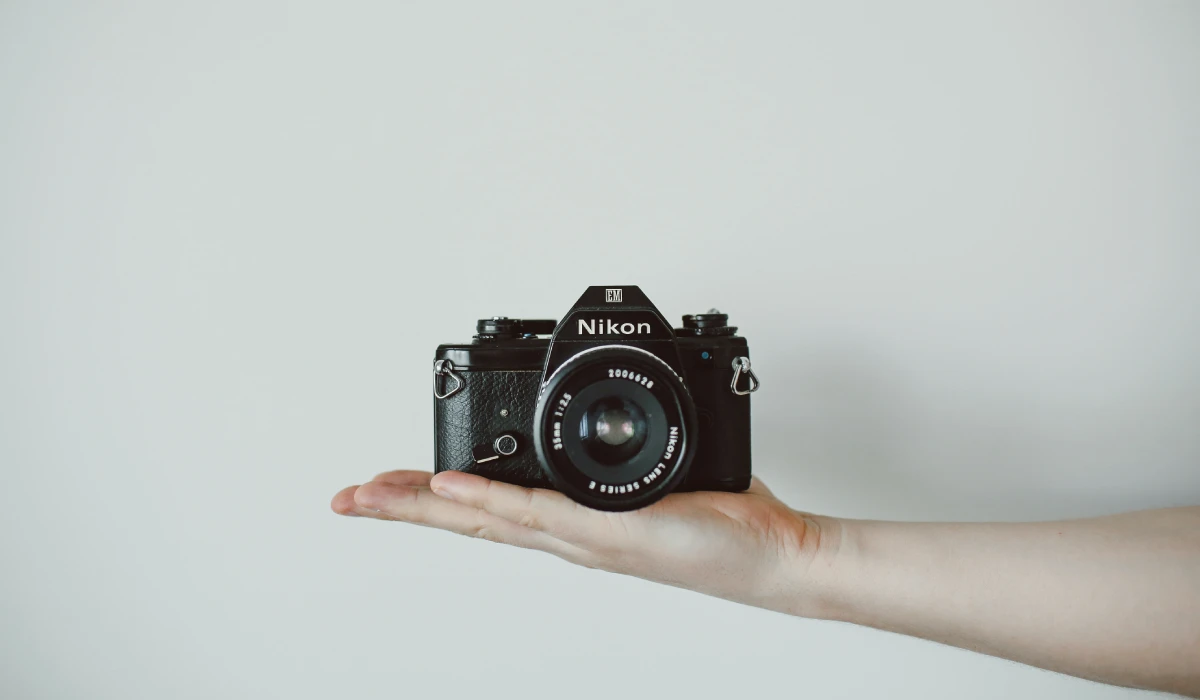Introduction
Anyone who wants to take the plunge into the world of professional digital photography and is about to buy the first digital DSLR camera will certainly have a hard time deciding what is supposedly the best DSLR camera for beginners. Which model? Which camera? Our following DSLR buying guide or purchase advice should help beginners understand what to look out for when buying the first DSLR camera. Is a Nikon, Canon, Sony, Pentax, or Sigma DSLR the right choice? How important are the resolution, the image sensor, or the menu of the camera for entry-level models? What else is there for general tips and tricks for the first DSLR purchase? Questions about questions that require answers – let’s go.
Which DSLR Camera brand to choose while the Purchase?
There are two big market leaders in the DSLR camera market: Canon and Nikon! The manufacturer Sony has placed itself as the third force behind these two top dogs. Other well-known brands also are good DSLR manufacturers.
But which brand should I choose now? Anyone who thinks there is a certain manufacturer for “the” best DSLR camera for beginners will, unfortunately, have to be disappointed. As per our DSLR buying guide research, this is proven again and again by various tests and test report summaries. To put it exaggeratedly, one can say that the question “Which is the best DSLR camera for beginners” or “Which camera, which model or which DSLR camera to buy” will certainly give you six different answers in five different specialist publications.
What is certain is that you won’t go wrong if you opt for an entry-level DSLR from one of the market leaders, i.e. Canon, Nikon, or Sony. Why, do almost all manufacturers also offer entry-level DSLRs?
The advantage of a Nikon, Canon, or Sony DSLR is that apart from the large selection of different models, you can also find the best and largest selection in terms of lenses and accessories. And that doesn’t just mean products from the original manufacturer, but cheaper third-party manufacturers also offer an excellent variety of accessories for these three brands. These include flash units, lenses, filters, etc. The range of cameras from Pentax, Sigma, or Panasonic is far more economical.
Another reason that speaks for an entry-level DSLR from Nikon, Canon (Canon mirror camera), or Sony is that these manufacturers are also very well represented in the professional segment. If you later want to buy higher quality and more professional DSLR camera, experience has shown that you stay true to your brand. And so you can continue to use most of the accessories you have bought, such as lenses, even after the camera update.
Do not overestimate megapixels for your DSLR Camera
First of all, some good news: every modern DSLR – even entry-level DSLR – comes with very good and very high image quality. But the manufacturers never tire of advertising with particularly high megapixel numbers, whereby you don’t have to pay too much attention to the resolution of the camera. There is hardly a DSLR that has less than 8 or 12 megapixels. Usually, there are 12 to 24 megapixels. From a resolution of 12 megapixels, differences are no longer noticeable to the eye and even 8 megapixels are more than sufficient for an entry-level DSLR. If you want to be on the safe side and want to print your photos more often as a poster print, you should opt for 12 megapixels – but not necessarily.
After all, many inexpensive lenses are usually not even able to technically exhaust the high-resolution sensors (e.g. 24 megapixels). In other words: a 24 MP sensor with many lenses offers no or only marginal advantages compared to a 12 MP sensor. As has been confirmed again and again in tests, a loss of image quality can be observed more quickly with high-resolution sensors under darker lighting conditions than is the case with lower-resolution sensors. However, general validity cannot be made in this regard.
On the camera side, the sensor or the sensor size is the decisive component for image quality. BUT: Choosing the right lenses plays an even bigger role. What you should keep in mind when buying and comparing the various entry-level DSLR cameras is the fact that the following generally applies to the sensor size: the bigger the better!
Especially when taking pictures in poor lighting conditions, the large sensors show their strengths and guarantee higher image quality. In addition, with a large image sensor, a shallow depth of field is easier to achieve. In practice, this means that the backgrounds can become more blurred, which is considered pleasant and beautiful. Ultimately, when looking at it, the focus is more on the object in the photo.
But what sensor sizes are there actually in single-lens reflex cameras?
Among DSLR models, the APS-C format or DX-format at Nikon (Nikon DSLR camera) with approx. 23 x 15 millimeters is particularly widespread and very popular. Almost all DSLR cameras that are below a price of around 1,500 euros, including the entry-level models, have the APS-C format on board. That in turn makes it easier for the consumer.
The next common level of sensor size is then the full format, also called 35mm format or FX-format at Nikon, which is 36 x 24 millimeters. As a rule, these sensors are only built into high-priced cameras and are therefore not of great relevance for most beginners.
But there are also smaller image formats than the APS-C format. The four-thirds or micro four-thirds format (17.3 x 13 millimeters) or the 2/3 ” format with 8.8 x 6.6 millimeters can be listed here. These sensors are mainly found in smaller, more compact cameras such as mirrorless system cameras. As per our DSLR buying guide, it is generally advisable to use a larger sensor.
Always pay attention to the menu of the DSLR Camera
What use is great technical equipment if you can’t handle your new DSLR camera at all? We therefore urgently advise you to take a closer look at the menu when deciding on the first DSLR. What about the clarity? Is the menu reasonably self-explanatory? The fact is that good DSLR menu are easy to use after a short training period. There should be an automatic motif and various programs that you can set manually. For beginners, an ISO automatic is also absolutely helpful and recommended, with which the light sensitivity of the image sensor is automatically set.
Tip: Be sure to pick up the DSLR camera. Or who wants to buy a pig in a poke? Only when the DSLR feels good in your hands can you weigh up which camera or model will ultimately win.
How many lenses does an entry-level DSLR Camera need?
A big advantage of the DSLR cameras is that you can change the lenses. You can stock up on special interchangeable lenses for the various areas of photography (e.g. portrait, animal, sport, landscape, macro photography). But for the beginning, the kit lens included in the scope of delivery, insofar as the camera was sold with it, is more than sufficient to deal with the camera and digital photography in detail and more intensively. Those who enjoy taking photos will buy new objects over time.
DSLR buying guide – Conclusion
Yes, a good resolution is always important when buying an entry-level DSLR, but all models currently available on the market are guaranteed to have sufficient megapixels (from 8 MP) on board! In addition, beginners in particular do not notice or see the subtle differences in image quality. The fine eye will only develop in the course of time and continuous experience in the field of photography.









